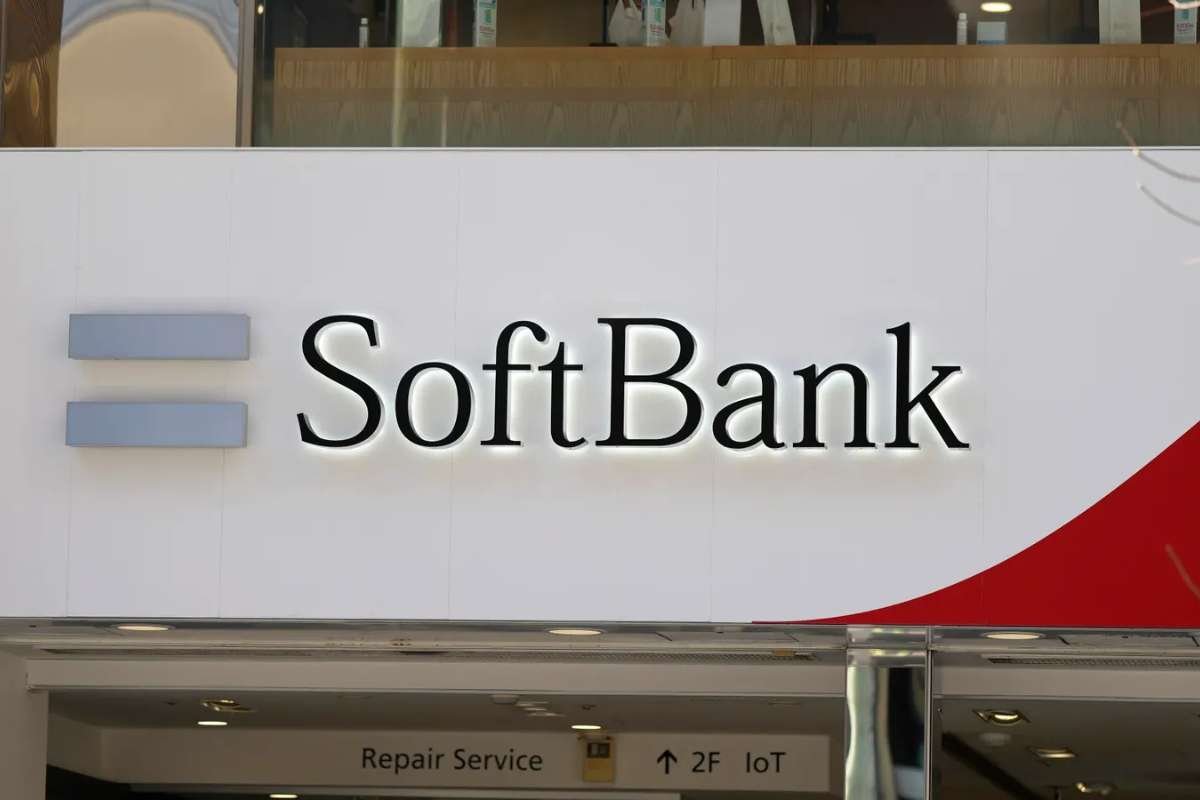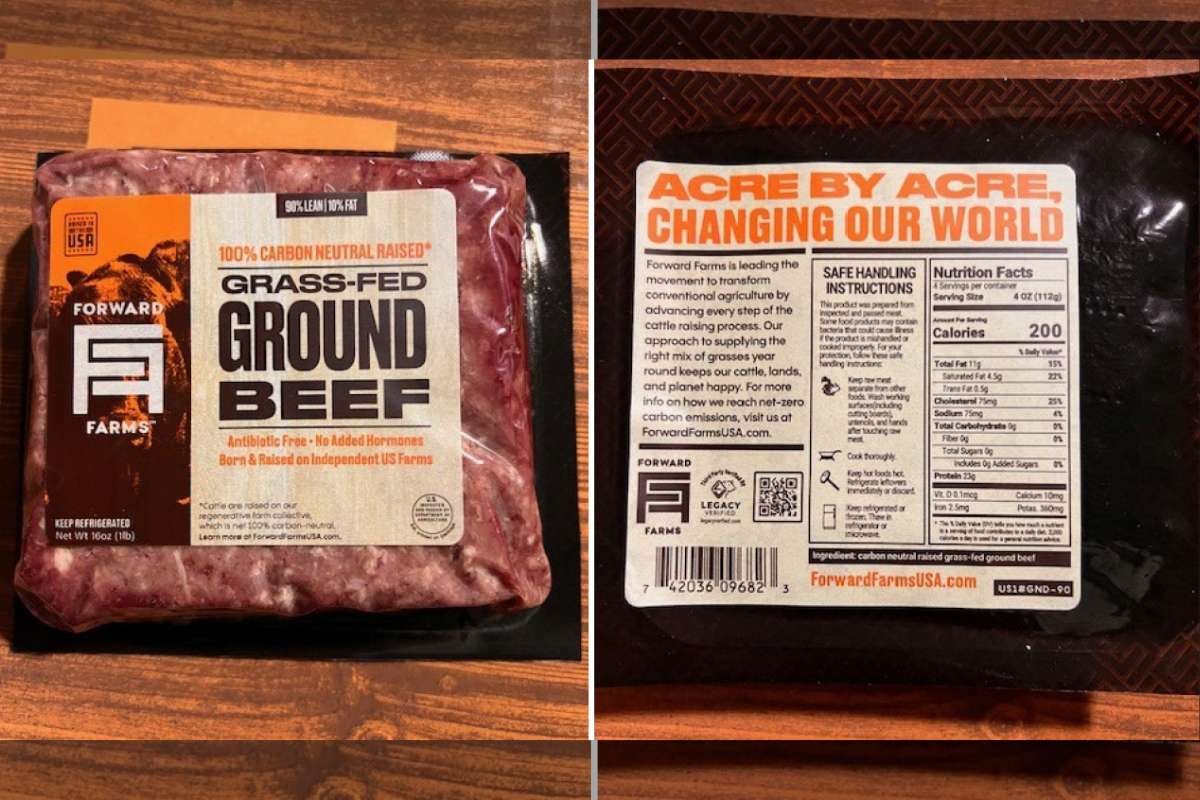Netflix has officially entered the era of generative artificial intelligence (GenAI), using the technology for the first time in an original scripted series. In its upcoming Argentine sci-fi drama El Eternauta, the streaming giant deployed GenAI to produce a dramatic building-collapse sequence in Buenos Aires—something previously deemed too costly and time-consuming with conventional methods.
The VFX was developed by Netflix’s in-house Eyeline Studios, which used GenAI in El Eternauta to generate high-quality visuals in one-tenth the normal production time. Speaking during a quarterly earnings call on July 18, co-CEO Ted Sarandos emphasized that AI wasn’t about replacing creatives but empowering them to realize visions previously out of reach. “This wasn’t about saving money—it was about making something that wouldn’t have been possible otherwise,” he said.
Expanding AI’s Role Across the Netflix Ecosystem
Netflix is not stopping at visual effects. Co-CEO Greg Peters revealed broader plans to integrate GenAI across the platform, including a major upgrade to content discovery. Soon, users may be able to search using natural voice prompts like, “Show me a dark psychological thriller from the 1980s,” and receive accurate, personalized recommendations—something traditional search has struggled to deliver effectively.
The company is also eyeing GenAI in El Eternauta as a tool for streamlining advertising operations. Peters said AI could help marketers generate campaign creatives faster and more efficiently, potentially transforming Netflix’s growing ad-supported tier into a more dynamic and scalable revenue model. These advancements align with Netflix’s broader strategy of blending content innovation with smarter viewer engagement tools.
Creative Opportunity vs. Labor Concerns: A Delicate Balance
Netflix’s embrace of GenAI in El Eternauta comes amid ongoing debates about the role of AI in the creative industries. After the 2023 Hollywood labor strikes, new guardrails were established to ensure AI use doesn’t displace human writers, designers, or performers. Netflix insists its implementation respects those boundaries.
Sarandos was quick to clarify that AI is intended to enhance—not undermine—creative workflows. “GenAI helps us solve previously unsolvable production challenges,” he noted, adding that without it, the El Eternauta scene would not have fit within the series’ budget. This approach mirrors the industry’s gradual move toward integrating AI responsibly, with transparency and collaboration between tech teams and creative professionals.
Netflix’s strategic use of GenAI in El Eternauta marks a pivotal shift in how the entertainment industry approaches production. By combining creative vision with cutting-edge technology, Netflix is aiming not only to innovate storytelling but also to democratize it, giving creators access to tools once limited by cost and complexity.
As AI continues to evolve, Netflix’s experiment may set a precedent for the future of filmmaking: one where technology expands artistic possibilities while coexisting with human creativity. Whether this balance holds as AI becomes more ubiquitous remains a critical question for the industry.


















